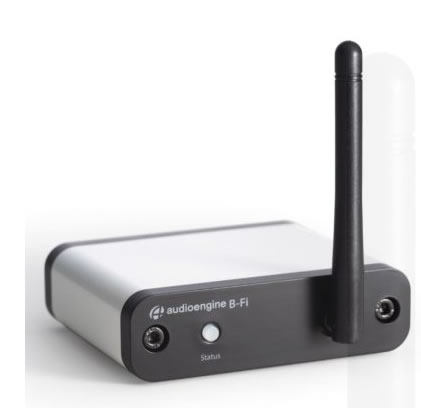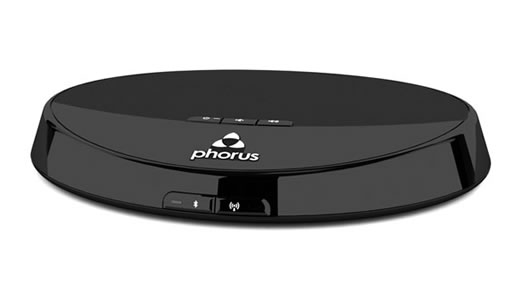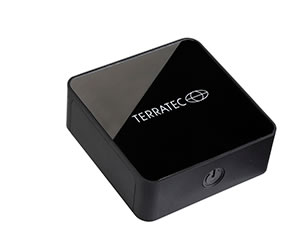- Connecting audio
- Audio PC
- Raspberry & Co
- All in Ones
- Bluetooth
- Chromecast
- Streaming audio player
- Music server
- USB Audio
- Real-time audio over IP
- FireWire DAC
- Multi-channel DAC
- NAS
- Remote control
- Vinyl rippers
- Acoustic materials
- Active crossover
- Active speakers
- Single driver speakers
- Invisible speakers
- Sound card
- Digital room correction
- Headphone
- Portable media players
UPnP/DLNA
DLNA (Digital Living Network Alliance) is the industry standard making all kind of AV-gear communicates with each other over the home network. It allows you to control one device with another, stream audio or video over the network, etc.
It is a standard with broad support.
DLNA claimed four billion certified devices in 2017
In 2017 the Digital Living Network Alliance announced that the organization has fulfilled its mission and will dissolve as a non-profit trade association. Product certification services for the multimillion-unit DLNA ecosystem will continue to be provided through a newly formed professional services firm with all required DLNA test tools, infrastructure equipment and end-to-end certification expertise.
This firm is SpireSpark.
OCF (Open Connectivity Foundation) does UPnP certifications.
A lot of gear supports DLNA
Windows media sharing is DLNA cedrtified.
A NAS often comes with a DLNA server.
Modern TV’s are DLNA compliant
Most streaming audio players are DLNA compliant.
Android bases smartphones support it or there is an app. This allows you to use your smartphone as a remote or play the content on your DLNA server on your phone.
Compared with Bluetooth, DLNA has the advantage of the bigger band width as offered by Ethernet and WiFi. You don't need lossy compression to stream audio.
Audioengine B-FI Multiroom music streamer $189

WiFi receiver with DLNA and Airplay
Toslink and RCA out
Comes with a app allowing you to send streaming services on your phone to your stereo.
Inacoustic WiFi Audio Streaming Receiver €99

- DLNA (WAV, MP3)
- Airplay (MP3,AAC, WMA, WAV, PCM, m4a/ALAC/FLAC)
- USB (MP3,AAC, WMA, WAV, PCM, m4a/ALAC/FLAC)
- High-Res Audio: 24 Bit/96 kHz
- Stereo output via 3.5 mm jack
- Optical digital output
- Frequency range: 20 – 20,000 Hz -0.5 dB
- Dynamic range: >92 dB
Phorus PR5 $29

Receiver with Bluetooth and WiFi.
Analog out only.
Supports both Airplay and DLNA.
Powered by DTS Play-Fi
Terratec Air beats HD EUR 60,-

• Wireless music replay from your Smartphone, Tablet, PC and Mac
• Integrated WiFi receiver for wireless connection, WiFi standard IEEE 802.11b/g/n
• Digital optical output (S/PDIF)
• Analog 3.5 mm jack output
• Support for iTunes multi room
Supported audio formats
• MP3, AAC, WAV, WMA, FLAC, ALAC, AIFF
Supported connections
• Apple AirPlay
• DLNA 1.5
• Digital media renderer
• UPnP
• DHCP
Stream What You Hear
Stream What You Hear (SWYH) is a Windows application to broadcast the sound of your computer (ie: "what you hear") on an UPnP/DLNA device such as TVs, amps, network receivers, game consoles, etc...
A bit more about UPnP/DLNA

